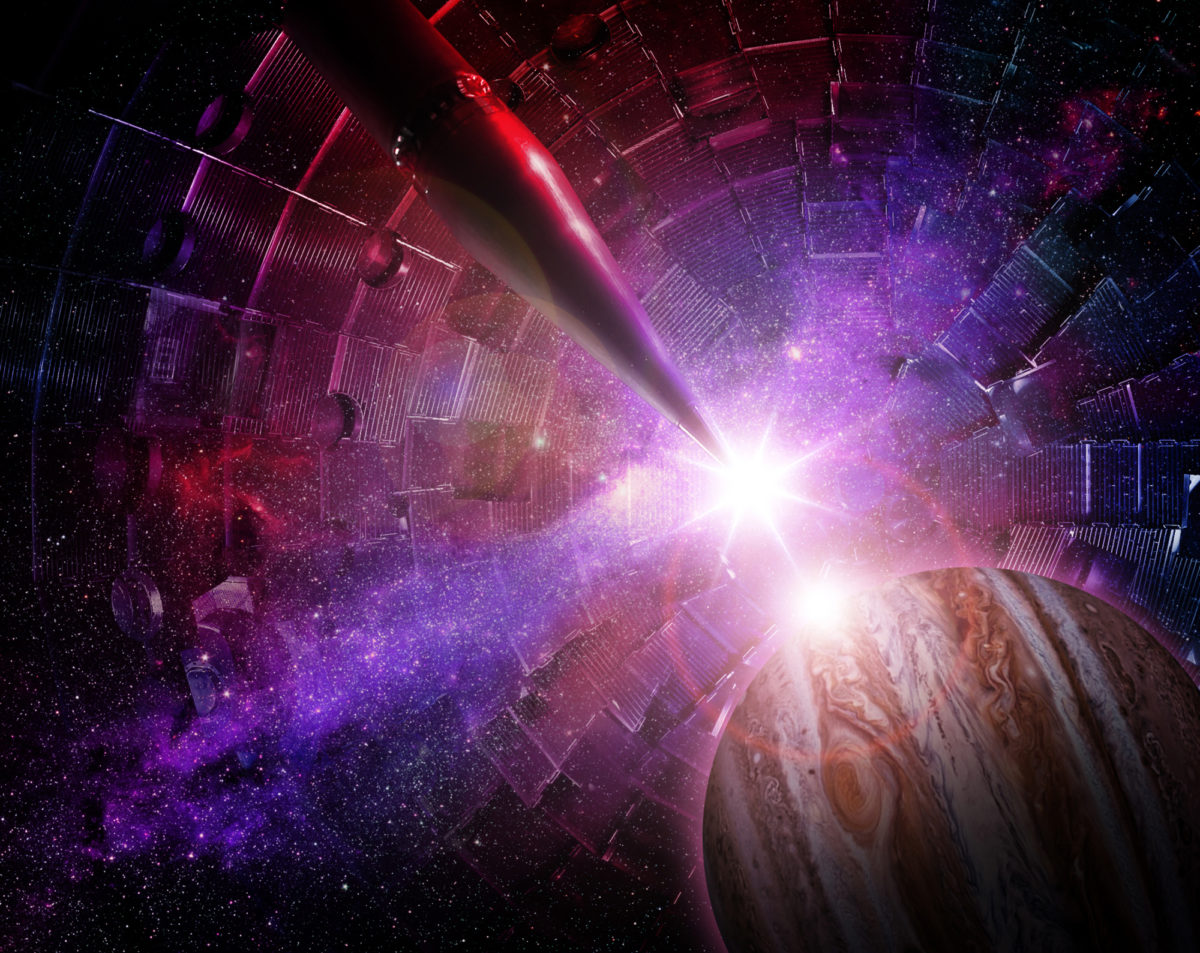Planetary Radio • Aug 19, 2014
Journey to the Center of Jupiter: Creating Fantastic Pressure With the World’s Largest Lasers
On This Episode

Gilbert "Rip" Collins
Physicist for Lawrence Livermore National Laboratory
The most bizarre things happen to matter at pressures millions of times higher than what we feel on Earth’s surface. Physicist Gilbert "Rip" Collins of the Lawrence Livermore National Lab will tell us about recent use of the world’s most powerful lasers to recreate conditions at the cores of giant planets. Emily Lakdawalla looks forward to a Martian encounter with a comet. Bill Nye collects a few grains of stardust—real, interstellar stardust. It’s a big week in space history. Bruce Betts will provide a few highlights just before he and Mat offer up a new space trivia contest.

Related Links:
- Peering Into Giant Planets
- Nature abstract: “Ramp compression of diamond to five terapascals”
- Mars orbiters plan for their October encounter with comet Siding Spring
- Interstellar Dust Grains Found by Stardust@home
- Twinkling worlds in motion: New Horizons' first optical navigation images of Pluto and Charon
This week's prize is a Planetary Radio v2.1 T-shirt.
This week's question:
What were the names of the five pocket mice flown on Apollo 17?
To submit your answer:
Complete the contest entry form at http://planetary.org/radiocontest or write to us at [email protected] no later than Tuesday, August 26, at 8am Pacific Time. Be sure to include your name and mailing address.
Last week's question:
What two chemical elements, both discovered in 1803, were named after asteroids?
Answer:
The answer will be revealed next week.
Question from the week before:
Who was the first Mars Rover named after?
Answer:
The Sojourner Mars rover was named after 19th century abolitionist and writer Sojourner Truth.


 Explore Worlds
Explore Worlds Find Life
Find Life Defend Earth
Defend Earth

